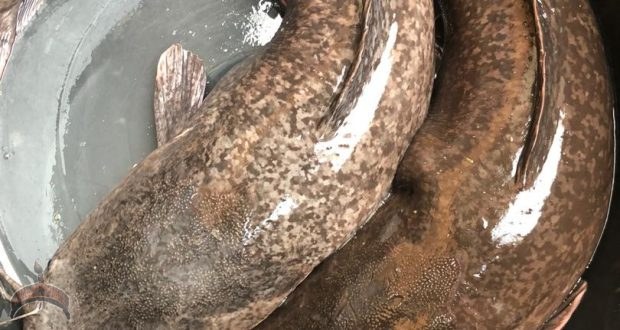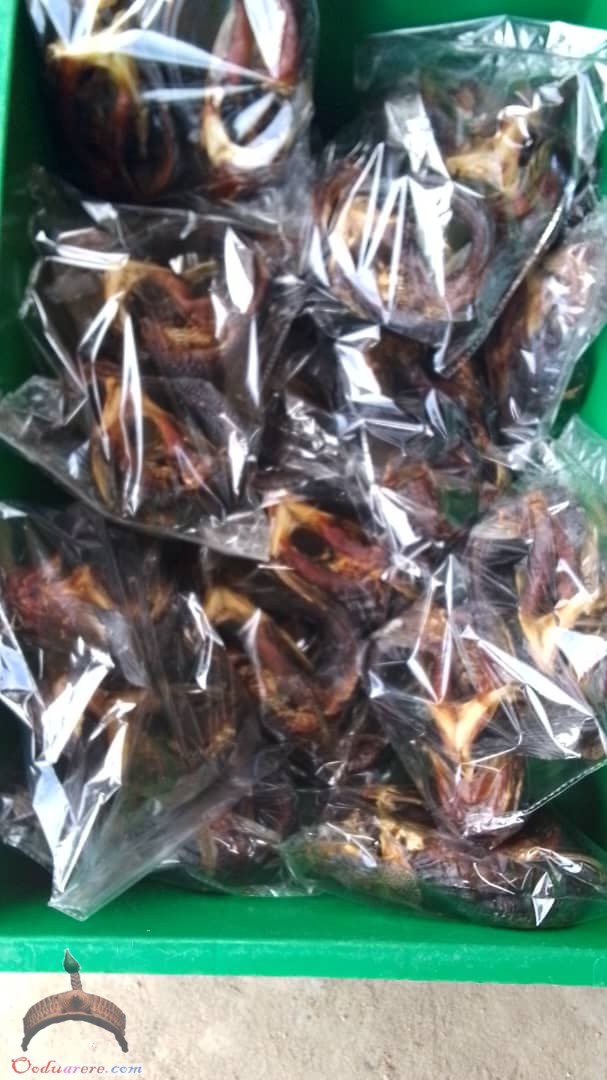Warning: T͟h͟i͟s͟ i͟s͟ a͟ l͟o͟n͟g͟ r͟e͟a͟d͟ b͟u͟t͟ c͟o͟u͟l͟d͟ b͟e͟ w͟o͟r͟t͟h͟ t͟h͟e͟ t͟r͟o͟u͟b͟l͟e͟.
Simply put, all bodily functions of the fish depend on the temperature of the water that the fish lives in.
- The African catfish (Clarias and Hetrobranchus) and even Tilapia are warm water fishes.
- When science says an animal is “cold blooded” it simply means the animal’s internal environment depends on its external environment. It has no well defined system of regulating and maintaining it’s internal system separate from the external system.
- This means it’s body temperature, for instance, depends on the temperature of the water where it leaves, the functions of the organs of the body depends on the physical and chemical conditions of the surrounding water. Even the release and functions of the hormones and enzymes that regulate the metabolism and health of the fish depends on the state or conditions of the surrounding water.
This lays the foundation to understanding why cold weather affects fish adversely. Being warm water fishes their body systems and functions are designed to function optimally when the water temperature is in the range of 24°C to 32°C (best range being 25°C to 28°C). Once the water temperature is below these ranges the inner temperature of the fish also falls below the range that the body will function properly.
Now also this is the situation when the chemical properties of the water are out of range with the normal for the fish. In fact, the chemistry of the blood of the fish is almost the same as the chemistry of the water in which the fish lives. So once the water conditions are suboptimal, the internal conditions and balance (the scientists call that homeostasis) of the fish also becomes suboptimal. The result is the fish experiences “dis–ease” – a condition of not being at ease and therefore their responses to everything changes.
Once fish is not at ease, it reduces it response to feed and may even stop eating.
Oxygen exchange at the gills become compromised and in fact the whole metabolism of the fish ? will not function well including elimination of waste produced within the body.
At this time you find that the same quantity of feed that you used to supply before and will be well consumed becomes “over feeding”. The excess feed, if not removed (assuming it is floating) will decompose and further contribute to worsen the water conditions and this in turn makes the environment further unsuitable and undesirable for the fish.
When the fish live in suboptimal conditions longer than they can manage, they stop growing, start to lose weight and may end up dying gradually.
The prolonged exposure to suboptimal conditions reduces their immunity and predispose them to infections and metabolic diseases.
It is important to also note that many times, it is not so much the changes in environmental conditions but the suddenness and prolonged nature of the change that ultimately cause the fish to be diseased. In many locations in Nigeria, sudden and extreme fluctuations in environmental conditions like temperature do occur during this season. Fishes in shallow water suffer the most.
What can you do?
- Raise the water level to the maximum the ponds can handle. Many fish farmers are fond of keeping their fish in 30cm to 45cm depth of water. Such are the farms that suffer the most during Harmattan because every fluctuation in ambient temperature will affect to the bottom of the ponds. When the ponds water are deep, while the fluctuations may affect the water at the top, the water under will remain warm and the fish often go and rest at the bottom.
- Embrace the use of Probiotics for biological remediation of the water (if available and you know what to do and how to do it)
- Change water daily if you can afford it. During cold weather (Harmattan and rainy season), underground water tends to be warmer.
- Reduce stocking density. If you had 2000 fishes of any size in a pond spread them out so that each pond may now contain between 1000 to 1500. That is if you have the space to accommodate them. If you’re planning to stock reduce your stocking plan from the outset.
- Reduce feeding – quantity and frequency. If you were feeding one pond 1kg per feeding time reduce to 500 to 700g and if you were feeding 2 times a day reduce to once a day.
If you’re using probiotics in deep water and you reduce stocking per pond and reduce feeding, you may not notice any other health and growth challenges and you are very likely to meet your production target.
The other approach is to keep introducing new warm water into the ponds by daily water exchange or dilution combined with reduced feeding. This helps to improve water temperature and control wastes in the ponds.
All these measurers help to prevent disease, infections, slow growth and mortalities especially during prolonged cold spells.
Happy fish farming despite nature changes.
Complements of the season from Edisiere Farms and Fish Hatchery.
 Ọmọ Oòduà Naija Gist | News From Nigeria | Entertainment gist Nigeria|Networking|News.. Visit for Nigeria breaking news , Nigerian Movies , Naija music , Jobs In Nigeria , Naija News , Nollywood, Gist and more
Ọmọ Oòduà Naija Gist | News From Nigeria | Entertainment gist Nigeria|Networking|News.. Visit for Nigeria breaking news , Nigerian Movies , Naija music , Jobs In Nigeria , Naija News , Nollywood, Gist and more









